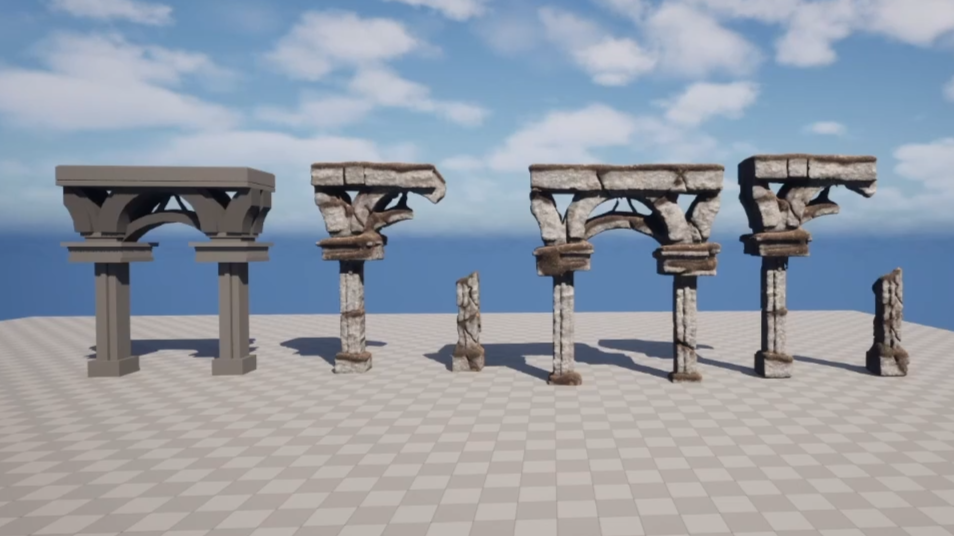A day in the life of a 3D artist
Rob Redman of Pariah Studios explains what a typical day looks like for someone working as a professional 3D artist.
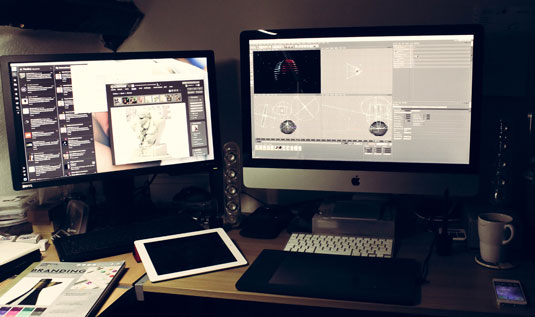
Being a freelancer is a wonderful thing. It gives you the freedom to do what you want when you want. Take a holiday, skip off and sit in a cafe reading for the morning...
Actually no, the life of a freelancer is fraught with the dangers of missed deadlines, angry clients, an ever increasing workload and non payments. So why do it? Why not remove the stress from your working life and go corporate. Let the account managers deal with petulant clients who don't understand their own briefs. Somebody else can worry about making sure bills get paid and you can sit back in the knowledge that you will be getting your pay pack no matter what.
Benefits vs negatives
Well, the fact of the matter is that the truth lies somewhere in between these two scenarios. Yes, being a freelancer can be stressful at times and it would certainly be nice to not have to worry about certain aspects of running a small or one man studio.
That said the benefits far outweigh the negatives and all it takes is a little self-motivation, some organisation and training yourself to have a thick skin and you can do it. So the odd couple of hours spent sitting in your pants playing Halo are possible and you can pay the bills and enjoy your work too, as long as a bit of thought and structure is put into work life.
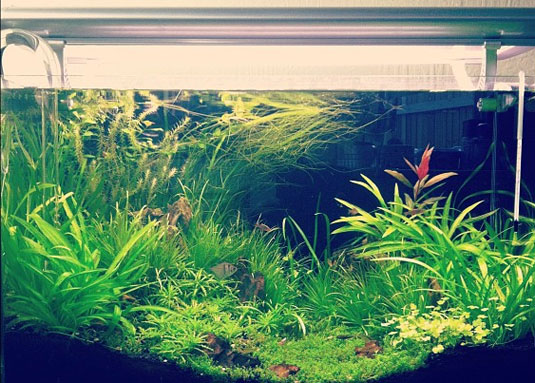
My own working day has evolved over the past decade or so. I've got to a point now where I spend far less time occupied with the business aspects of freelancing and much more on the fun design side, as well as knowing how to balance work with recreation (I have a social game of Halo most Tuesday nights, a good way of keeping in touch with distant friends - I do wear clothes though).
My daily schedule
The schedule I have worked out for myself may not work for everybody and if you find you are failing in certain areas then re-assess and adapt to suit your needs. I'm a night owl and often like to work into the early hours. This wont work in all situations but it's well suited to me, as I have a number of clients in the US, so putting myself more in line with American office hours has benefits.
I tend to start my day by booting up all my gear and opening post while making a coffee toast. Once everything is up and running I do a quick scan of my inbox to check nothing urgent has appeared in my inbox overnight. If there has then I reply immediately and leave myself a note or reminder to deal with whatever needs it.
Daily design news, reviews, how-tos and more, as picked by the editors.
I like variety in my day, so swapping between tasks is something I enjoy. This does mean that I have to be pretty strict with myself, so the first hour or so is spent doing all the tasks that feel less creative (although they are vital). This can be chasing a payment, going to the post office to send discs/files/invoices, and generally keeping up with studio admin.
The fun part
Once out of the way I begin on the more fun part of my work. As I work in a variety of fields I try to break things up a little, either by the day or by the week. If I have a long job then I tend to plan it out so I work on it in logical chunks, interspersing smaller jobs, to keep the energy levels up. If I need to spend a day modelling then I will but where ever possible I will spend the following morning out shooting footage for background plates, having a meeting, or keeping on top of my blog, which can mean writing or recording video training.
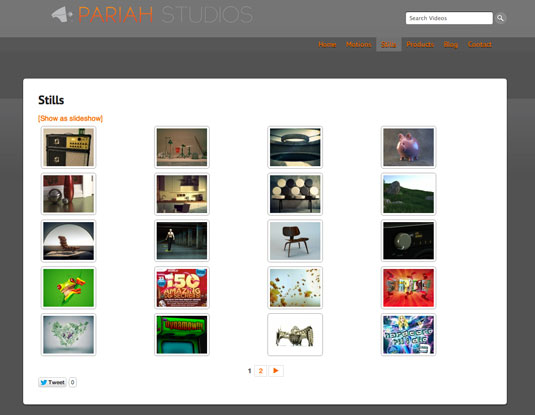
More usually I will work on one project but split it into nice chunks, such as modelling for a couple of hours, take a short break, then texture creation. After lunch I may well work on animation or some After Effects work. It really depends on what I have going but I do believe that variety keeps you interested, motivated and creative.
Stick to the plan
Chopping and changing too much can be dangerous and you need to ensure you have some kind of a plan you stick to, otherwise you risk missing deadlines, leading to all kinds of the stress you wanted to avoid in the first place.
The actual nuts and bolts of 3D, design and compositing is comparatively easy, once you establish yourself, your style and get a few client relationships going. It's staying on top of your game and growing as an artist and a studio that takes the effort. With that in mind here are a few of my top tips to get the most out of your working day...
01. Use social media
Great to use and increasingly important to be a part of a community, to support your peers as well as communicate your style and portfolio but once you've had a coffee, turn it off. Shut off email/twitter/browsers until your next break. The internet is a wonderful thing but it leaches your time and can hold you back. It's too easy to get lost looking for inspiration when you could be experimenting with scene files of your own, or actually doing paid work.
02. Organise yourself
Use a notepad and paper if it works for you, get Siri to make a note and remind you to do something at a certain time, or use apps like wunderlist. Whatever method you use make notes, to ensure you don't forget an important task. You may agree to something on the phone to a client and then get immersed in your creative flow. Great, unless the something you had to do means that time is wasted as you lose a client. Consider using a work tracker, so you build up an accurate idea of how long tasks really take. This makes quotes and invoices much more accurate. I use Klok, which is free and simple.
03. Stay healthy
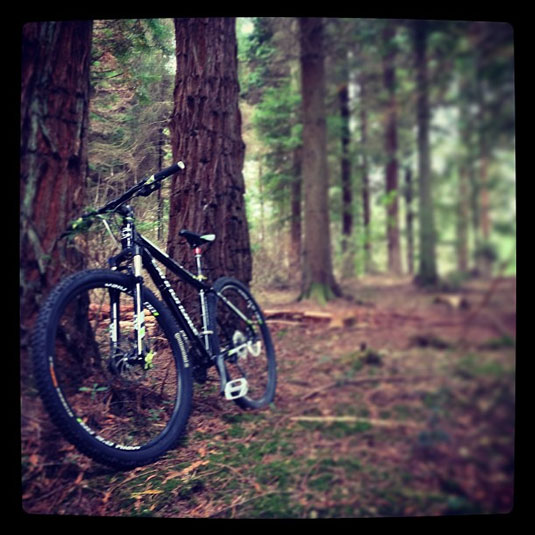
Sounds obvious but count the hours you sit in front of a monitor. Scary right? Make sure you take regular breaks. Not just from work but reading emails/browsing the web but actually away from your screens. Go and sit in the garden with a smoothie, or walk the dog. A change in posture and environment will do wonders for your health and your work, as well as your stress levels.
04. Choose spec work wisely
This is the great debate. I say it's ok to do spec work as long as you are aware of the consequences. It's better to do a free job for a charitable organisation than a cheap job for a buddy's business. You can offset the free work as you did a good deed and you got to work on a real project that you can add to a portfolio. If you do a cheap 'mates rates' job then you are often pricing yourself lower than you should for future jobs. The word of mouth might get you some new clients but they won't want to pay more than they guy that made the intro. Be warned.
05. Buy the right gear
Don't get too wrapped up in having the latest of everything. It's very easy to tell yourself your work will be better 'if only I had...'. In all likelihood it just isn't true. There will be a point when a faster computer is needed, or the newest version of software really makes a real-world difference but don't get caught up in it.
On the other hand, you should definitely be staying abreast of current trends, other artists and what projects are doing the rounds on forums. Not only will this inspire you and drive you to learn but it will help when a client comes to you saying 'I've seen this great TVC. Can you do one just like it?' Yes, that happens a lot. Clients don't realise it's a bit of a slap in the face. Not only do they want you to do somebody else's work for them but probably at a lower rate.
Okay, so that just about wraps up how I treat my working day. All in all I would say it's about having the organisation to allow yourself the freedom to do what you want. If you can plan a few hours of your week that really deal with the mechanics of running a studio, then you can be much more creative with the rest of your week and really reap all the rewards of being a freelancer.
Words: Rob Redman
Exclusive: Register for Zed today!
Want to stay on top of the latest techniques? Then register for Zed, a 'Pop-Up Studio for the Creative Community' being held in London, Soho, September 23-October 22. Be inspired by intimate presentations from brilliant keynote speakers and outstanding new examples of audiovisual artistry. You'll find details here (hurry - tickets are free, but limited!).

Thank you for reading 5 articles this month* Join now for unlimited access
Enjoy your first month for just £1 / $1 / €1
*Read 5 free articles per month without a subscription

Join now for unlimited access
Try first month for just £1 / $1 / €1

The Creative Bloq team is made up of a group of art and design enthusiasts, and has changed and evolved since Creative Bloq began back in 2012. The current website team consists of eight full-time members of staff: Editor Georgia Coggan, Deputy Editor Rosie Hilder, Ecommerce Editor Beren Neale, Senior News Editor Daniel Piper, Editor, Digital Art and 3D Ian Dean, Tech Reviews Editor Erlingur Einarsson, Ecommerce Writer Beth Nicholls and Staff Writer Natalie Fear, as well as a roster of freelancers from around the world. The ImagineFX magazine team also pitch in, ensuring that content from leading digital art publication ImagineFX is represented on Creative Bloq.
